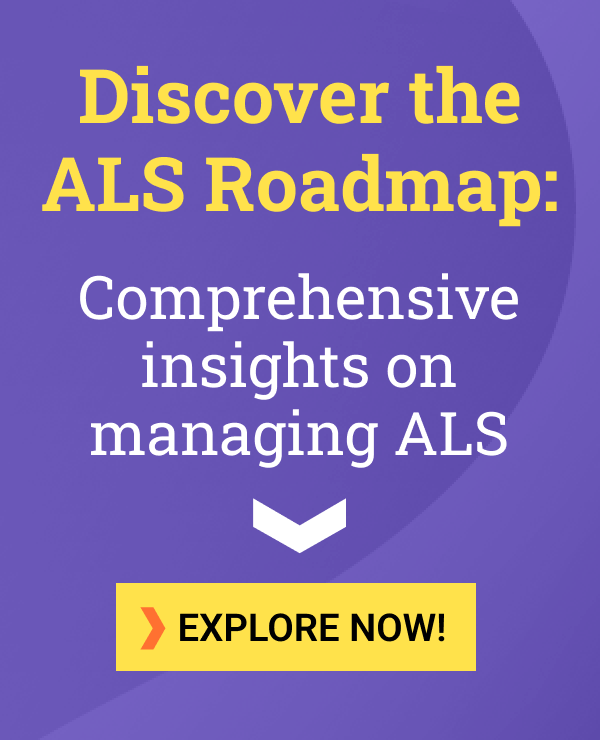First Set of Guidelines for ALS Care, Management in Canada Published

A first set of Canadian guidelines for the care of people with amyotrophic lateral sclerosis (ALS) have been published, emphasizing the need for a holistic and patient-centered approach, with attention to emotional well-being.
The guidelines, reported to include comprehensive and easy-to-reference best practice recommendations for doctors that are based on evidence and expert consensus, will be updated every five years.
“These best practice recommendations are an important step forward in improving the lives of people living with ALS across the country and supporting their caregivers,” Christen Shoesmith, chair of the ALS guideline working group and a neurologist, said in a press release. “The emphasis on expert consensus relative to evidence-based recommendations highlights the need for more research in ALS management.”
The guidelines, “Canadian best practice recommendations for the management of amyotrophic lateral sclerosis,” were published in the Canadian Medical Association Journal.
ALS, a degenerative neurological disorder, has few treatment options. Healthcare providers typically focus on symptom management and quality of life.
The American Academy of Neurology (AAN) and the European Network for the Cure of ALS published guidelines for ALS patient care in 2009 and 2012, respectively. Patient advocacy and clinician groups in Canada have pushed for similar best practice recommendations to be issued to better guide ALS care in that country.
A working group of 13 ALS clinicians, members of the Canadian ALS Research Network, reviewed literature published between 2007 and 2018. The review was based on questions of clinical interest identified in staff surveys conducted at 19 Canadian ALS clinics, and included both guidelines and studies published in both English and French.
The working group developed, reviewed, and refined the recommendations until reaching a final consensus. Each recommendation statement is assigned a level of evidence — graded A (highest), B, or C — but the draft also included recommendations based on expert consensus when those based on research evidence were limited.
Recommendations were divided into categories, such as communicating a diagnosis, use of disease-modifying therapies, multidisciplinary care, caregiver support, symptom management, and palliative care.
The guidelines advise that physicians tailor as best as possible communicating an ALS diagnosis to an individual’s needs, including limiting information about ALS prognosis at this time, while sharing information about treatments and research, and providing written and online ALS resources. The goal is to avoid overwhelming patients, while still ensuring they have the information they need about their diagnosis.
With regard to ALS treatment and care, the guidelines favor an open discussion between clinicians and patients about approved and unapproved disease-modifying therapies, and their respective benefits and risks.
Specifically, the effectiveness of riluzole in extending a patient’s life and the “probable” efficacy of Radicava (edaravone) in slowing the decline of physical function in select, early disease patients should be communicated, it recommended.
Additionally, the guidelines advise that patients be referred to specialized ALS multidisciplinary clinics, and clinicians be knowledgeable about their benefits and patient attendance.
“Multidisciplinary care should be delivered through a team-based approach, with physicians and other health professionals addressing a broad range of issues, including communication, nutrition, swallowing, mobility, activities of daily living, respiratory care, cognition, psychosocial issues, medical management and end-of-life care,” the guidelines state.
Where available and feasible, telemedicine and telehealth are also recommended to supplement clinic-based care.
Clinicians are advised to consider the needs of caregivers and involve them in care planning, to regularly review medications to optimize patient treatment, to provide access to diverse modes of communication for people with speech difficulties, and to integrate palliative care early in accordance with a patient’s needs.
Other recommendations include best practices in managing physical and mental health symptoms, respiratory management that is in line with the Canadian Thoracic Society‘s ALS guidelines, nutrition management that is largely in line with the AAN guidelines, and cognitive and behavioral interventions.
The full set of guidelines can be found on the ALS Canada website at www.als.ca/bpr-appendix.
“This guideline will enable ALS clinics across Canada to meet a common national standard, and to adapt as this standard continues to evolve over time. In doing so, ALS clinicians can offer the best possible care to their patients and help them to navigate this exceedingly complex and devastating disease,” the researchers wrote.
These guidelines are limited by a lack of high-quality evidence in many areas related to ALS management, resulting in consensus-based recommendations, they noted. Additional research in these areas will allow for better recommendations in future updates to the guidelines.
The ALS Society of Canada and the Canadian ALS Research Network provided funding for these guidelines.







